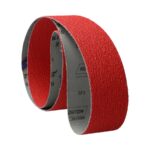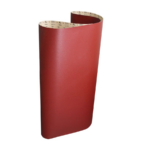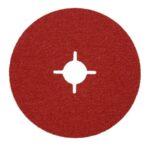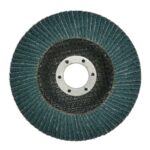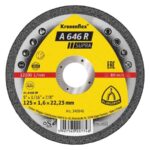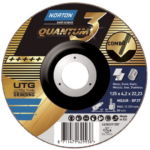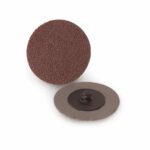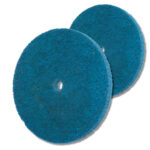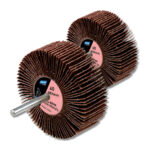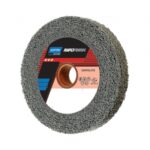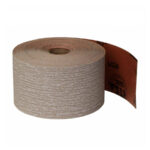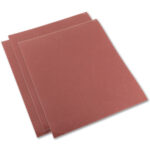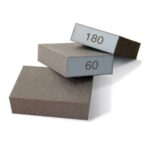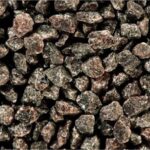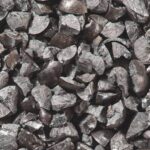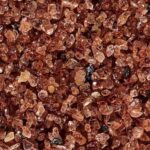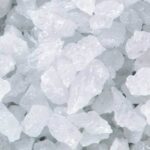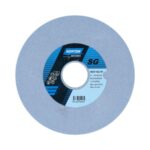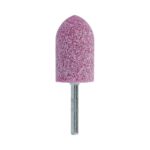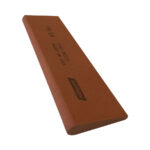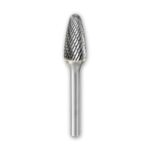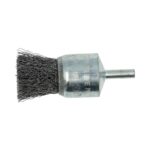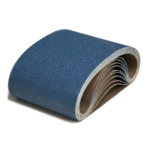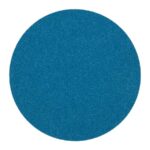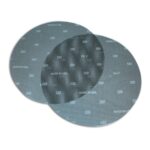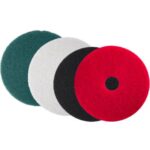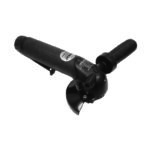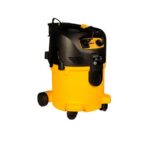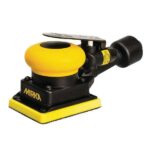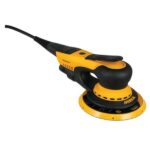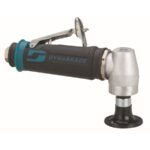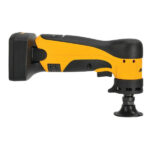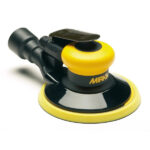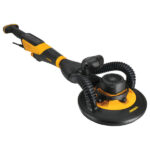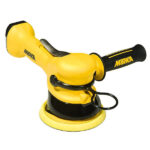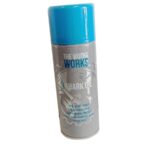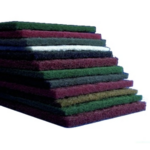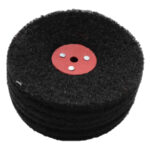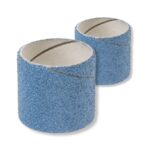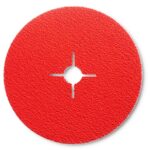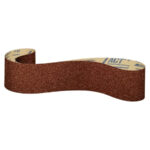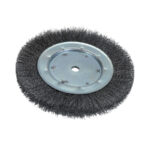Blog
The Differences Between Grinding Discs & Grinding Wheels
When it comes to grinding and finishing, there are two popular tools: grinding discs and grinding wheels. While they may seem interchangeable, there are some key differences between the two that make them better suited for different applications.
Grinding Discs
Grinding discs are thin, circular discs made from abrasive materials that are designed to be used with an angle grinder or other handheld grinding tool. They come in a variety of sizes and grits, allowing them to be used for a range of applications, from heavy-duty grinding and stock removal to finishing and polishing. Grinding discs are made from materials such as aluminum oxide, silicon carbide, and zirconia alumina, among others. They are often reinforced with fibreglass or other materials to increase their strength and durability.
Grinding Wheels
Grinding wheels, on the other hand, are thicker and larger than grinding discs. They are typically made from abrasive materials such as aluminum oxide, silicon carbide, or diamond, and are designed to be used with a bench grinder or other stationary grinding tool. Grinding wheels are available in a variety of shapes and sizes, including flat wheels, cylindrical wheels, and cup wheels. They are often used for heavy-duty grinding and stock removal on hard materials, such as metal or concrete.
Differences in Applications
One of the main differences between grinding discs and grinding wheels is their intended applications. Grinding discs are typically used for small or medium-sized grinding projects, while grinding wheels are best suited for larger, heavy-duty projects. Grinding discs are designed to be used with handheld grinding tools and are ideal for shaping, sanding, and finishing surfaces, as well as for light to medium grinding and stock removal. Grinding wheels, on the other hand, are designed for use with bench grinders and other stationary tools and are ideal for heavy-duty grinding and stock removal on hard materials.
Differences in Size and Shape
Grinding discs and grinding wheels also differ in their size and shape. Grinding discs are typically thinner and smaller than grinding wheels, with diameters ranging from 4 to 9 inches. Grinding discs come in a range of shapes, including flat discs, depressed center discs, and cup discs. Grinding wheels, on the other hand, are thicker and larger, with diameters ranging from 6 to 12 inches. They come in a variety of shapes, including flat wheels, cylindrical wheels, and cup wheels.
Differences in Speed
Another difference between grinding discs and grinding wheels is their speed. Grinding discs typically operate at higher speeds than grinding wheels. This is because they are designed to be used with handheld grinders, which operate at higher speeds than bench grinders. Grinding wheels, on the other hand, operate at lower speeds and are designed to be used with stationary grinding tools. This lower speed helps to prevent overheating and prolongs the life of the grinding wheel.
Differences in Cost
Grinding discs and grinding wheels also differ in their cost. Grinding discs are typically less expensive than grinding wheels, making them a more cost-effective option for smaller grinding projects. Grinding wheels, on the other hand, are more expensive, but they are designed to last longer and handle heavier grinding projects, making them a better long-term investment for those who need to complete larger, more demanding grinding tasks.
Overall, while grinding discs and grinding wheels may seem similar, they have distinct differences that make them better suited for different applications. Grinding discs are designed for small to medium-sized grinding projects and are ideal for shaping, sanding, and finishing surfaces. Grinding wheels, on the other hand, are best suited for heavy-duty grinding and stock removal on hard materials. Consider the size and shape of the workpiece, the level of grinding needed, and the tools available when selecting between a grinding disc and a grinding wheel. By selecting the appropriate tool, you can achieve

